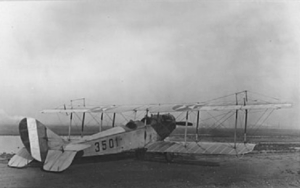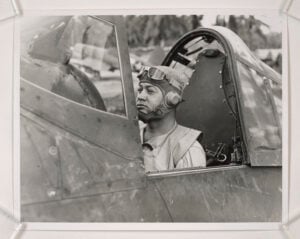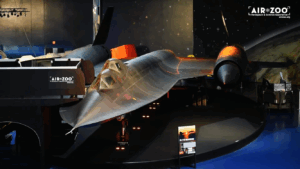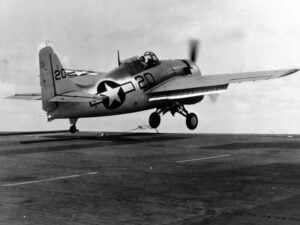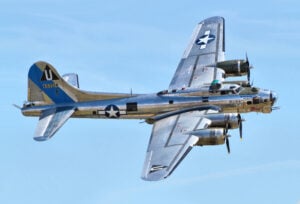An Aircraft Carrier Without A Deck?
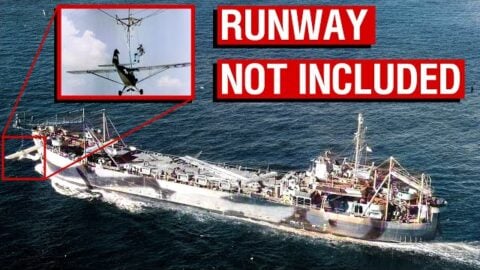
YouTube / Rex's Hangar
During World War II, engineers faced a unique challenge: operating aircraft without runways. The solution? The Brodie Launch System- a brilliantly simple mechanism that allowed small planes to take off and land using a suspended cable, whether on land or at sea. A cable was strung above the ground or a ship’s deck, and the aircraft was attached to a moving trolley that provided lift-off and braking. This made it possible to operate small planes from dense jungles, remote areas, or naval vessels where space was limited.
Remarkable WWII Innovation
Developed in late 1943, the Brodie Launch System was a remarkable World War II innovation – a unique way to launch and recover light aircraft without the need for a runway. It was the brainchild of Captain James H. Brodie, a U.S. Army Transportation Corps officer later assigned to the Army Air Forces.
The system worked by having an aircraft equipped with an overhead hook that caught onto a moving sling suspended from a cable strung between two towers. This acted as both a launcher and an arresting gear, allowing smooth takeoffs and landings even in the most confined spaces.
Development
Originally, Brodie envisioned it for anti-submarine patrols with trans-Atlantic convoys, and for operating liaison aircraft from rugged terrain where runways couldn’t be built -dense jungles, mountains, or remote islands. Though it arrived too late to see large-scale land use, its compact design made it far less visible to the enemy than a traditional airstrip.
After a successful demonstration at Moisant Field in New Orleans, the system was tested at sea in 1943 aboard the City of Dalhart. There, Staff Sergeant R.A. Gregory successfully performed ten flawless takeoffs and landings with a Stinson L-5 Sentinel. The Navy soon adapted the device for use on cargo ships, launching OY-1 Sentinels at Iwo Jima and Piper L-4 Cubs at Okinawa.
Ingenuity in the Skies
While several aircraft were lost due to rough sea conditions, the concept proved sound. Brodie’s invention offered a glimpse of what was possible with creative engineering, transforming ordinary ships into makeshift aircraft carriers. For their achievements, Brodie and test pilot Raymond Gregory were both awarded the Legion of Merit in 1945.
After the war, Captain Brodie tried to bring his invention to the civilian world. In his patent papers, he described a stronger version of his system, using an enclosed track instead of a cable, and other improvements to handle heavier aircraft.
He imagined these rigs built on department store rooftops for “air commuters,” where planes could carry mail and passengers from ship to shore. Forest rangers could use them to launch small planes in the mountains, and Brodie even suggested they could help during “emergency winter operations” when airports were closed by snow. But none of these ideas became reality. Brodie’s system never found success outside the military and eventually faded into aviation history.
Still, good ideas don’t always stay buried. With today’s rise of drone technology, Brodie’s unusual but clever system might yet inspire new ways to launch aircraft in the modern age.














